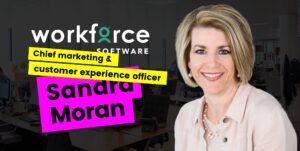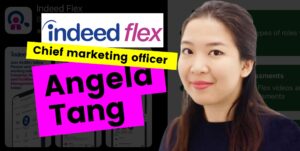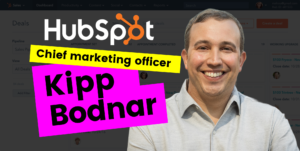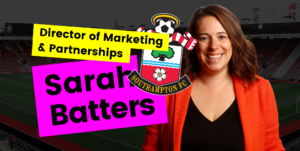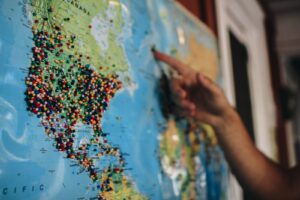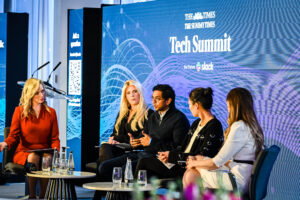In its third century of operation, most people will know Ordnance Survey as the maker of paper maps used by hill walkers and ramblers.
But OS is also a major provider of geo-location data to a range of businesses and government, as well as a consumer app publisher.
In this interview, OS customer and marketing director Rebecca Paterson tells me how she is changing OS' perception using customer-centric media strategies.
Watch the full interview, or read the highlights below...
https://www.youtube.com/watch?v=6McBATfGZaM
1. Rebooting OS
DC: You're the de facto paper map company. Tell me about your digital transformation story.
RP: "We describe OS as 'a 230-year-old tech brand', because we've constantly innovated in the tech space over that period ...
"We've been through quite a sizeable brand transformation over the last few years that really pivoted around one piece of insight, which was we're known, but not understood.
"Apple Maps in this country, Google Maps, the things that everyone has in their pocket on their phone every day are actually underpinned by OS data. There's so much more that we can do for our customers.
"So our brand transformation has been around building a new purpose, which is 'show the world how to get to a better place' ... One of our missions from a brand perspective is not to be a best kept secret."
2. Media mix for maps
DC: What do you look for in your media channels?
RP: "For our business and government markets, we effectively act like a B2B marketing team. We'll do very targeted advertising through channels such as LinkedIn.
"On the consumer side, it's much more fast-moving. Recently over the Christmas period we did we had a campaign called 'Roam Free' ... We used targeted TV and radio and YouTube. And then, of course, the short sales activation, which was very much the paid media channel - things like Google app store, Apple App Store, and then Facebook, Instagram we even have had recently a dalliance into TikTok.
"More recently, we have used influencers really successfully in terms of actually enabling them to show how valuable our products are. That started to have a really positive impact for us."
View this post on Instagram
3. Post-pandemic positioning
DC: When lockdown happened, getting more people outside more often wasn't possible. How did your advertising change through COVID and how is that changing going forward?
RP: "During COVID, we were very quick to change that approach. We had two campaigns running.
"The first was 'Get outside, stay indoors'. This was really around giving content, hints and tips for people around their house, in their garden, to have thing. Then it moved to 'Get outside, stay local' as COVID changed. We didn't do a huge amount of advertising around that ... We did quite a lot of organic activity really around our social media channels.
"Over that period, we, we saw an 80% increase in the number of users on our OS Maps app. And that's really continued post pandemic because more people want to feel healthy, more people want to explore their local area."
@OrdnanceSurvey is hoping to move from being "known" to being "understood" as customer director, Rebecca Paterson, sees a switch from a focus on products to customers improving brand equity and growing the business.https://t.co/wtN9MjXR3X
— Marketing Week (@MarketingWeekEd) September 23, 2020
4. Serving diverse customers
DC: You've got a whole suite of services for business and government customers - geospatial addressing, highways, topography. Even within B2B, it's a diverse customer set. Tell me about the challenges of marketing such a diverse set of products.
"The way that we are set up internally is that we have three teams - we have a team focused on the consumer business, one on B2B and one on government. And that means that they have real proximity to those audiences.
"We run (our recent addressing campaign) as a B2B funnel. It's very much (starting with) awareness of what location data can do for you."
5. Growth through sustainability
"Our growth area really is around, 'how do we help a lot of these energy companies and government to really meet some of the climate change challenges?' Location data is a really big part of that ...
"The conversations that we want to start having is recognising that obviously we need to hit the net zero targets and actually our data and our services are a way to help them to do that."
6. Working with agencies
DC: Do you work with media agencies, and what do you look for from them?
RP: "We work with quite a few agencies. It's been a real kind of try-and-test for us. We looked at, 'do we go to larger agencies that are going to cover all parts of our business?' We found that a real struggle because we're so diverse. So now we tend to work with specialist agencies in either B2B or B2G technology.
"On the consumer side, we work with a media agency that's very specialist in digital media, and an agency that can develop creative for the consumer audience. We used a partner agency throughout our brand transformation who have been absolutely fantastic are still with us now, feel like part of the team actually."
DC: Is there a particular agency that you think does this really well?
RP: April Six, who work with us on the B2B and tech side, are real tech specialists. Location data, as you can imagine, can be a complex subject, so they help us to make that as really simple as possible ...
3 into 1 - specialist agencies AprilSix Proof & RLA join April Six to move forward as one under a bold new identity. This is our story. #BetterTogether pic.twitter.com/gAsgTIcrdq
— April Six (@AprilSixGlobal) July 9, 2020
"From a brand perspective, James Surridge who's currently at Nuevo has partnered us throughout this process and we would not be without him and his team. James has been with us from the very start of the first brief saying 'we need to rejuvenate this brand' and has worked with us through so many kind of customer interviews, internal interviews to say, 'what is it about OS that can change the world? What should our purpose be?' ... James has helped us to navigate our way through that.
"When I was when I was taking the brand recommendation to the board, I took the agency in with me and we double-handed that presentation because they offer so much to that."

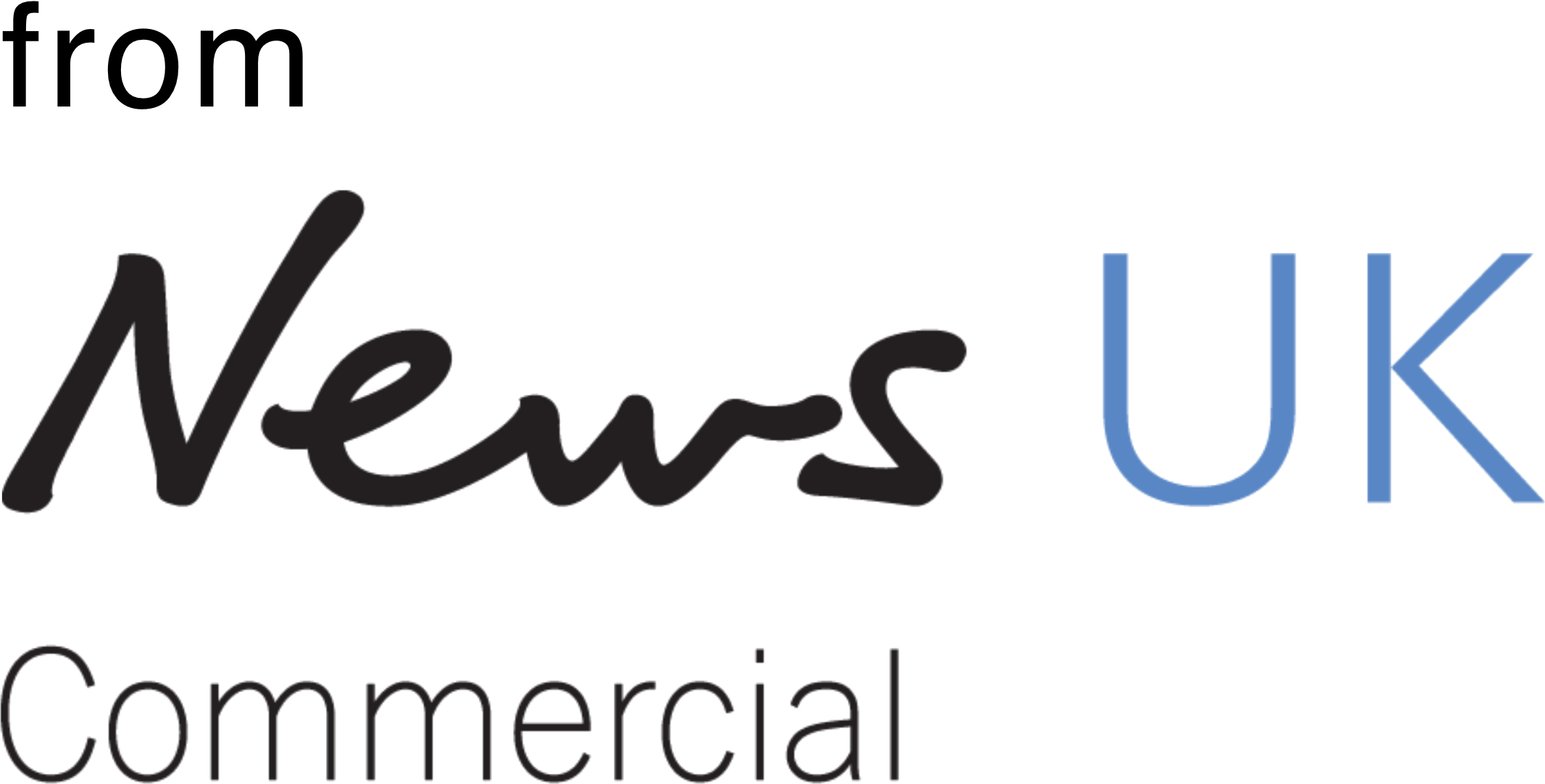
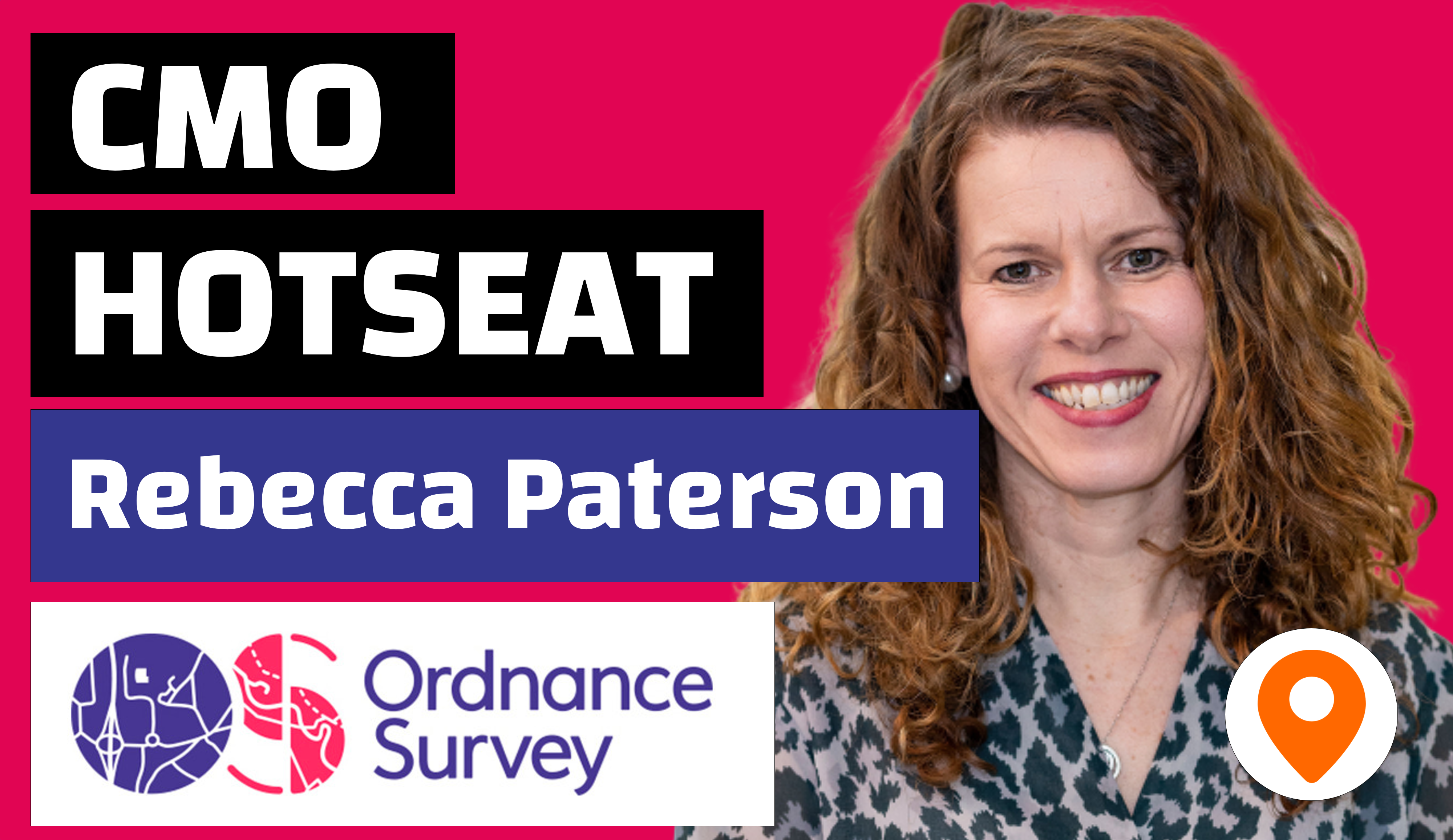
 News UK
News UK 